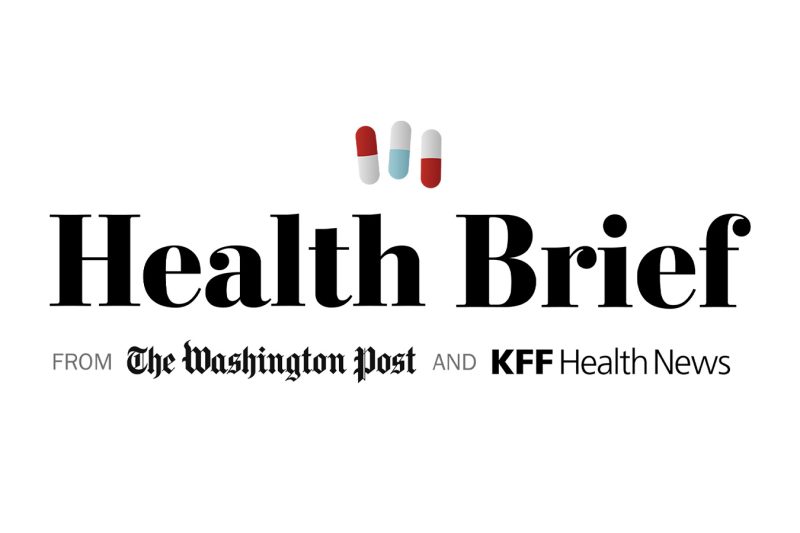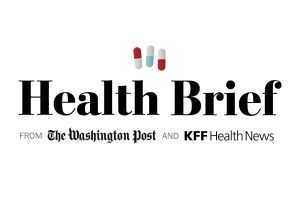Post-Helene, Patients Who Rely on IV Nutrition Face Severe Shortages

Hurricane Helene, which struck North Carolina last month, wrecked a Baxter International factory that produced 60 percent of the country’s IV fluids, according to the American Hospital Association. The company is rationing its products, and some hospitals have delayed or canceled surgeries that require large amounts of IV hydration.
Among the worst-hit patients are those who rely on parenteral nutrition — IV liquids containing amino acids, lipids, sugars, vitamins and electrolytes. These patients often get the fluid through a port connected to a vein near their heart because they can’t digest food through the intestines due to conditions ranging from autoimmune diseases to cancer.
In addition, two weeks after the hurricane hit, CVS Health, which owns one of the biggest home infusion pharmacies in the country — a subsidiary called Coram — began warning patients that it was getting out of the parenteral nutrition business.
With Baxter providing limited supplies of IV fluid to the remaining infusion pharmacies, many Coram patients are starting to run out of supplies. For some, hospitalization is the only answer.
We caught up with Lisa Trumble, a 52-year-old Pittsfield, Massachusetts, grandmother who was slammed by this double whammy. After entering Berkshire Medical Center with a respiratory illness on Oct. 1, she was ready to be discharged Oct. 9. But then Coram alerted her doctor that it could no longer supply her with home IV nutrition.
“I was dropped between Tuesday night and Wednesday morning with no care for my life or my health,” Trumble told me by phone after another week in the hospital.
Although another supplier stepped up for Trumble a few days after we talked, she isn’t the only one facing critical problems. Several IV nutrition patients we spoke with said they were running low on supplies and worried about getting sick. A couple of days without electrolytes can make you ill. Without sufficient carbohydrates, you starve. Some patients say they’ve had trouble getting enough of the special syringes and tubing needed to administer their fluids since the hurricane.
Even before the Baxter and Coram troubles, pharmacies were suffering shortages and low reimbursement rates. They have barely been able to care for existing patients, and the Baxter rationing left them no way to take new ones dropped by Coram, said David Seres, director of medical nutrition at Columbia University Medical Center in New York.
The Biden administration has triggered the Defense Production Act, under which it can commandeer supplies and labor to get the Baxter plant running at full speed again. Meanwhile, the FDA is allowing emergency imports of IV fluids wiped out by Helene as well as production of some of the fluids by U.S. compounding pharmacies.
But it’s unclear how long it will take to replenish supplies, said Manpreet Mundi, a Mayo Clinic endocrinologist who is a board member of the American Society for Parenteral and Enteral Nutrition. “We’re trying to raise awareness that this could get worse before it gets better,” he said.
Baxter says on its website that, “barring any unanticipated developments,” it expects to restart “the highest-throughput IV solutions manufacturing line” this week.
This article is not available for syndication due to republishing restrictions. If you have questions about the availability of this or other content for republication, please contact NewsWeb@kff.org.







